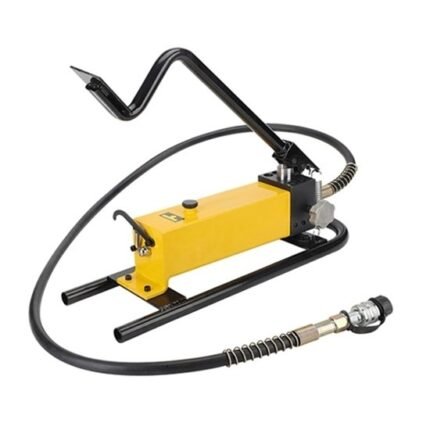Diaphragm metering pump can use a diaphragm to completely isolate the flowing liquid from the driving lubrication mechanism. It adopts a high-tech structural design and uses the latest PTFE and rubber composite diaphragm, which has strong corrosion resistance and greatly improves the efficiency of the diaphragm. This diaphragm dosing pump is widely used for water treatment plant, boiler, or handing chemicals.
Specification
Model: ATO-DJ-W15/0.5
Flow: 15L/h
Pressure: 0.5MPa
Stroke: 3mm
Pump Speed: 92rpm
Pump Head Material (Optional): PVC (Default), 304 Stainless Steel, 316 Stainless Steel, PTFE
Motor Power: 25W
Motor Voltage (Optional): 380V 50Hz (Default), 220V, 110V, 24V
Diaphragm Diameter: 65mm
Inlet & Outlet Diameter: 6mm
PE Hose Diameter: 6mm, 10mm
Weight: 4kg
Dimension (Unit: mm)
Tips: How do you control the flow of a dosing pump?
Controlling the flow of a dosing pump is essential in various industrial and chemical processes. Typically, dosing pumps dispense precise volumes of liquids or chemicals. To control the flow, you can:
Adjust the Stroke Length: Dosing pumps often use a piston or diaphragm, and changing the stroke length will alter the volume dispensed per cycle.
Modify the Pump Speed: Many dosing pumps are motor-driven, and adjusting the speed can change the flow rate.
Use a Variable Frequency Drive (VFD): VFDs regulate the motor speed, providing precise control over the pump’s output.
Utilize Solenoid Valves: These can be placed on the inlet or outlet of the metering pump to interrupt or modulate the flow.
Control with a PLC: A programmable logic controller (PLC) can automate dosing by interpreting input signals and adjusting the pump’s parameters accordingly.
Feedback Control: Implement sensors and feedback mechanisms to monitor the flow and make real-time adjustments.
These methods allow for accurate and consistent control of dosing pump flow in a range of industrial applications.


















